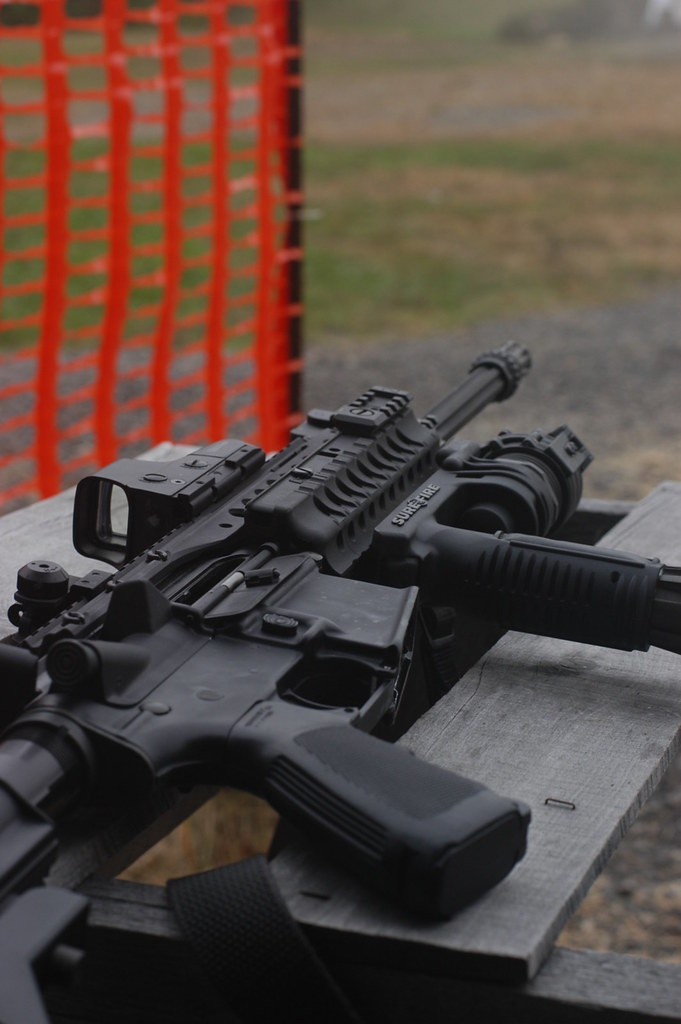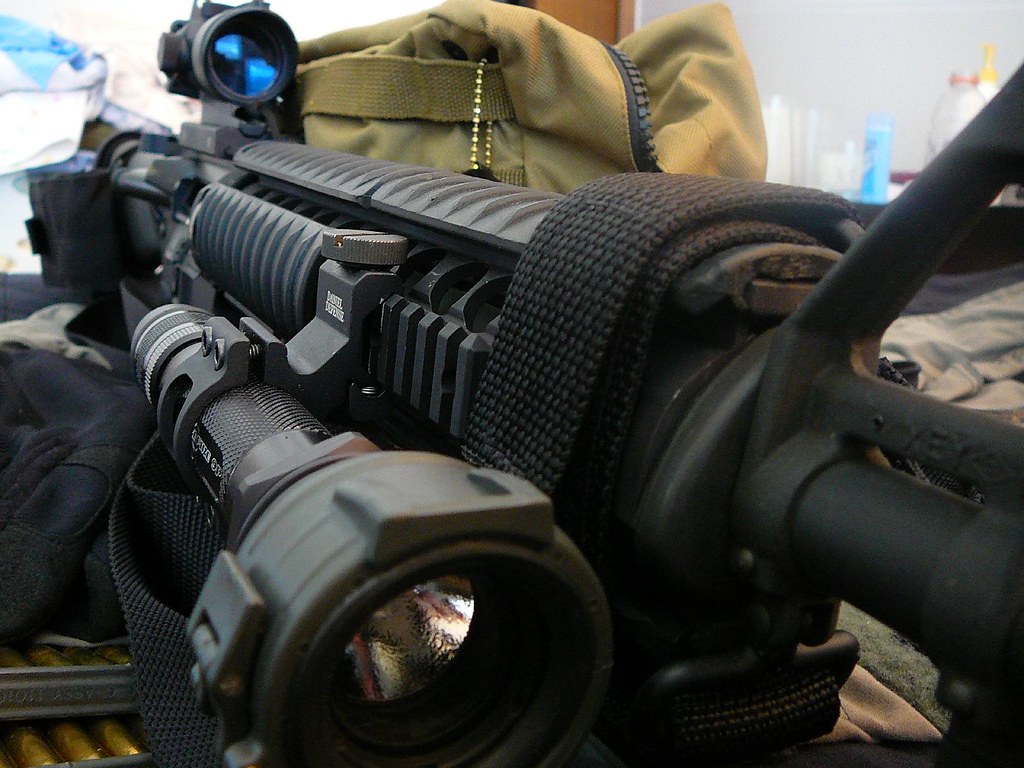
The AR-15 and M16 rifles have become synonymous with both American military might and civilian marksmanship. Originating in the late 1950s from the mind of engineer Eugene Stoner, the Armalite Rifle-15 (AR-15) began its journey as a lightweight, high-velocity firearm that would soon catch the eye of the U.S. military. This led to the birth of the M16 during the Vietnam War, which brought increased firepower, accuracy, and maneuverability to U.S. soldiers in combat. The subsequent years saw Colt’s acquisition of the AR-15’s manufacturing rights and the introduction of the semi-automatic version to civilians, dubbing it “America’s Rifle.”

Key differences between these two rifles are rooted in their design intent and operational requirements. The M16, with a typical 20-inch barrel, is optimized for high velocity and long-range accuracy, befitting its military role. Its heavier barrel is designed to withstand prolonged firing sessions, a necessity in the battlefield where automatic fire capability is paramount. The inclusion of an auto sear enables this function, allowing soldiers to fire continuously as long as the trigger is depressed.

In contrast, the AR-15, with a shorter barrel around 16 inches, is tailored for maneuverability and ease of handling in civilian contexts, such as home defense or recreational shooting. Its lighter barrel, semi-automatic bolt carrier, and two-position safety selector—safe and fire—are all indicative of its civilian orientation.

The evolution of these firearms also speaks to their adaptability, with the M16 undergoing several iterations to improve its performance, culminating in the M16A4, which allowed soldiers to mount various optics and accessories. The AR-15’s modularity and the availability of aftermarket parts have made it a favorite among gun enthusiasts, allowing for extensive customization to suit individual preferences in performance and aesthetics.

Understanding the distinctions is crucial when selecting the appropriate rifle for one’s needs. The civilian AR-15 is bound by regulations that limit certain features, emphasizing its role in lawful activities like hunting, target shooting, and personal defense. The military M16, however, is built for combat, reflecting the necessity for robustness and versatility in unpredictable environments.

Choosing between an AR-15 and an M16 depends on specific requirements, but the journey of enhancing and customizing these rifles is a shared experience among firearm aficionados. The array of customization options—including barrels, upper receivers, lower receivers, bolt carrier groups, and magazines—transform these rifles into personalized tools for their users.
related images you might be interested.










